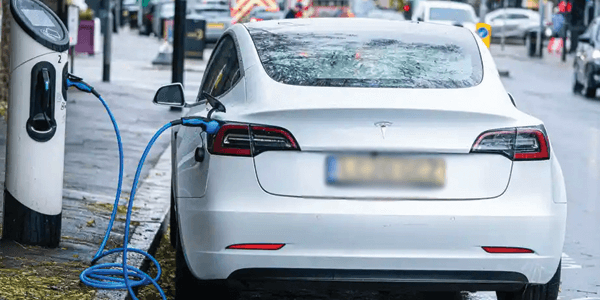EV industry taps new Battery Compositions
May 9, 2022 2022-05-09 9:03EV industry taps new Battery Compositions

EV industry taps new Battery Compositions
Lithium-ion batteries have become virtually synonymous with electrical vehicles. No doubt, they have multiples advantages but there are a host of disadvantages as well. Knowing that, the auto industry is busy exploring other alternatives. EV giant Tesla and Japanese carmaker Toyota have already succeeded in coming with options and they are already being fitted in their EVs. More, and even better, alternatives are also in the offing as the R&D in this regard is in full swing.
- Lithium-ion is very sensitive to heat and its performance reduces at high temperatures. If the battery gets completely discharged, it can no longer be charged again
- Tesla has introduced its new 4680 lithium-ion batteries with dimensions 80 mm in length and 46 mm in diameter…Toyota has also launched its solid-state EV batteries in the global market
The automobile industry is witnessing a transition from Internal Combustion Engine (ICE)-run vehicles to hybrid and full electric vehicles (EV). It has been proven beyond doubt that ICE-based vehicles produce large amounts of polluting gases like CO2, which are harmful to the environment, whereas EVs produce zero-carbon emission and help reduce the pollution levels across the globe.
Generally, an EV is powered by a lithium-ion battery which is used in almost every laptop and mobile phone. Though the lithium-ion batteries have multiple advantages, they also have a few disadvantages. Lithium-ion is very sensitive to heat and its performance reduces at high temperatures. If the battery gets completely discharged, it can no longer be charged again. It can burst into flames if the separator within the battery pack gets damaged.
To overcome these drawbacks of the lithium-ion batteries, the automobile industry is spending millions in Research & Development (R&D) of a new battery composition that can replace the existing lithium-ion batteries. Giants like Toyota and Tesla have developed their own proprietary battery technology to replace the existing lithium-ion batteries.
There are many types of EV battery compositions such as Lithium-Iron-Phosphate batteries (LFP), Nickel-Manganese-Cobalt batteries (NMC) or Nickel-Cobalt-Aluminum batteries (NCA). Each battery composition has its own advantages and disadvantages. LFP batteries have less energy density compared to the others but are very easily available and cost-effective. NMC or NCA batteries are more expensive as they are rarely available but they surely have a better energy density than the LFP batteries.
Tesla has introduced its new 4680 lithium-ion batteries with dimensions 80 mm in length and 46 mm in diameter. These new 4680 EV batteries have five times the energy density than a normal lithium-ion battery. These new cells have enhanced the performance of the Tesla cars and reduced the cost of manufacturing a great deal.
Toyota has also launched its solid-state EV batteries in the global market. These batteries use solid electrolytes instead of liquid electrolytes. Toyota has plans to use sulfur-based electrolyte in its batteries. This would enhance the energy density of the battery manifold and also reduce the risk of fire. The next-generation batteries, such as solid-state and metal-air batteries, are undoubtedly safer and have higher performance than the lithium-ion batteries.


